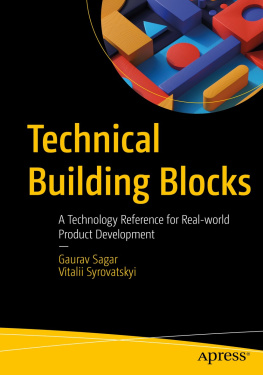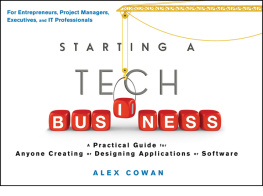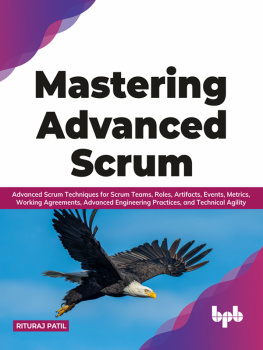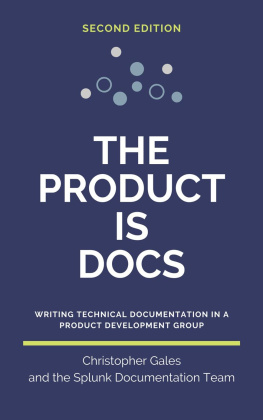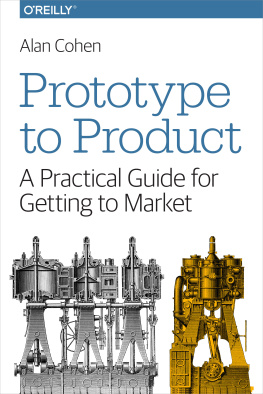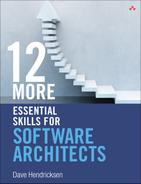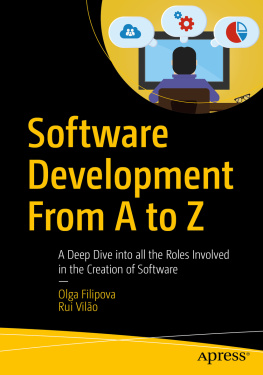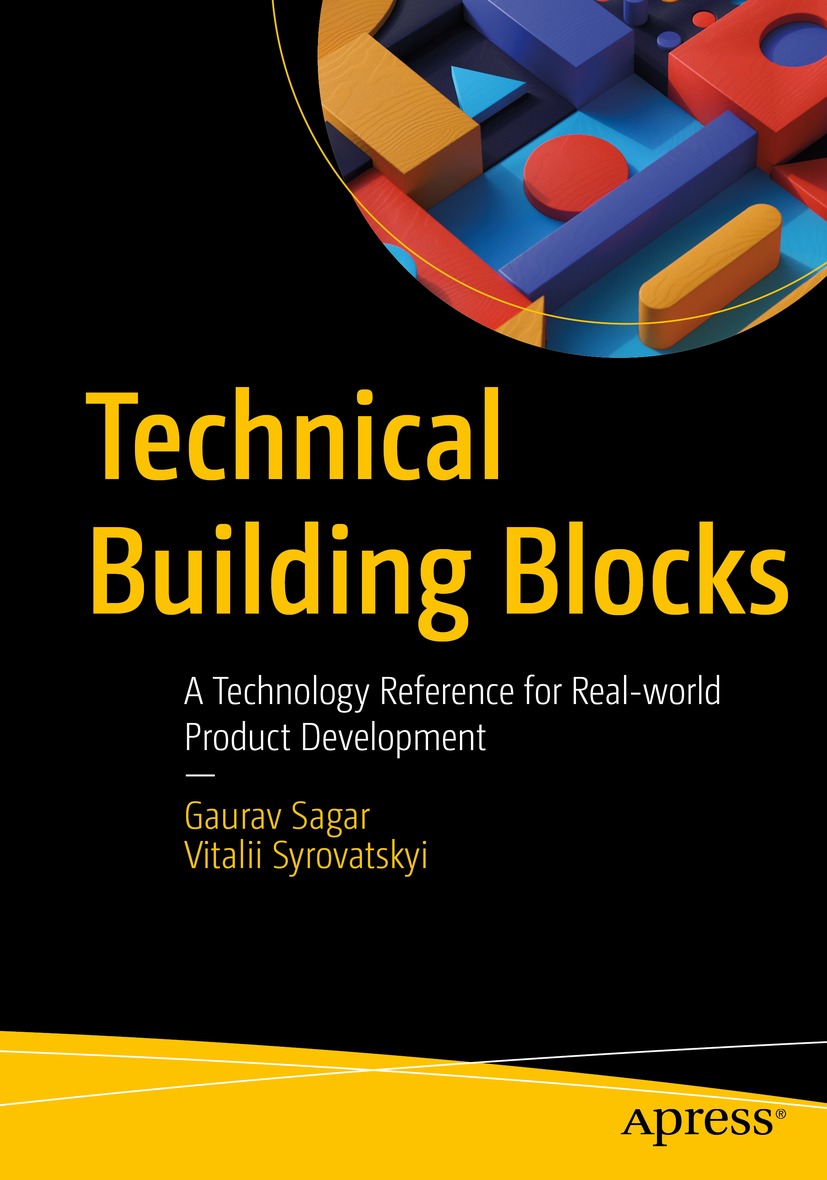Gaurav Sagar - Technical Building Blocks: A Technology Reference for Real-world Product Development
Here you can read online Gaurav Sagar - Technical Building Blocks: A Technology Reference for Real-world Product Development full text of the book (entire story) in english for free. Download pdf and epub, get meaning, cover and reviews about this ebook. year: 2022, publisher: Apress, genre: Computer. Description of the work, (preface) as well as reviews are available. Best literature library LitArk.com created for fans of good reading and offers a wide selection of genres:
Romance novel
Science fiction
Adventure
Detective
Science
History
Home and family
Prose
Art
Politics
Computer
Non-fiction
Religion
Business
Children
Humor
Choose a favorite category and find really read worthwhile books. Enjoy immersion in the world of imagination, feel the emotions of the characters or learn something new for yourself, make an fascinating discovery.
- Book:Technical Building Blocks: A Technology Reference for Real-world Product Development
- Author:
- Publisher:Apress
- Genre:
- Year:2022
- Rating:5 / 5
- Favourites:Add to favourites
- Your mark:
Technical Building Blocks: A Technology Reference for Real-world Product Development: summary, description and annotation
We offer to read an annotation, description, summary or preface (depends on what the author of the book "Technical Building Blocks: A Technology Reference for Real-world Product Development" wrote himself). If you haven't found the necessary information about the book — write in the comments, we will try to find it.
Many roles in the organization work alongside these technical product development teams and act as liaisons between them, the stakeholders, the customers, and the leadership team. The people in these roles must understand technical aspects ranging from system design to artificial intelligence, and be able to engage in technical discussions with the engineering teams to determine the pros, cons, and risks associated with the development of a technology product or feature.
Technical Building Blocks will help you master these technical skills. The book has just the right level of technical details to neither overwhelm with unnecessary technical depth, nor be superficial.
From concepts to code snippets, authors Gaurav Sagar and Vitalii Syrovatskyi cover it all to give you an understanding of the engineers mind and their work. Special emphasis on figures and charts will help you grasp complex ideas more quickly. After reading this book, youll be able to effectively communicate with engineering teams, provide valuable inputs in the system design review meetings of upcoming features and products, synthesize and simplify technical updates for cross-functional teams and stakeholders, and pass those dreaded technical interviews at your dream companies.
What You Will Learn
- Intrinsic details of the teams and techniques used for product development
- Concepts of cloud computing and its deployment models
- System design fundamentals required to architect features and products
- Evolution of data pipelines and data storage solutions to support big data
- ML and deep learning algorithms to build intelligence into products
- Securing products through identity and access management using cryptography
- Role and working of blockchains, smart contracts, NFTs, and dApps in Web3
Who This Book is For
Professionals in roles who work with software engineering teams and want to build their technical muscle, such as product managers, program managers, business analysts, project managers and product owners. Also useful for those preparing to crack the technical interview for these roles.
Gaurav Sagar: author's other books
Who wrote Technical Building Blocks: A Technology Reference for Real-world Product Development? Find out the surname, the name of the author of the book and a list of all author's works by series.

